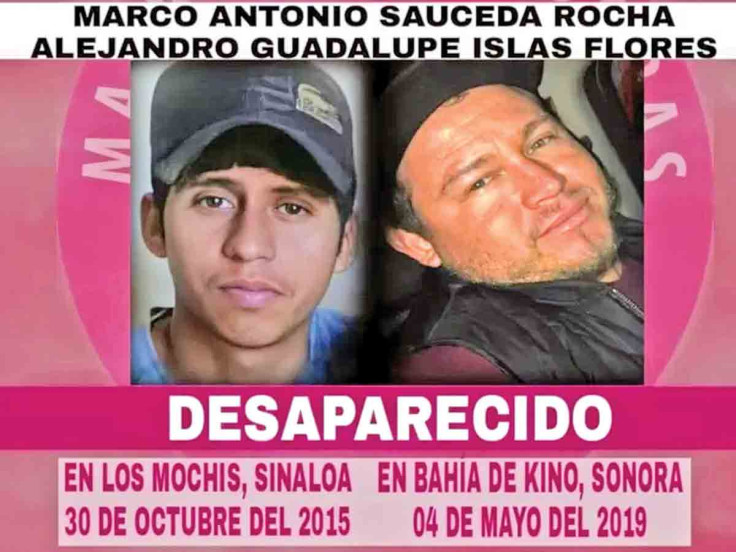
Adrián Kaled Arista, an 11-year-old boy from Chimalhuacán, Mexico, went out to play video games with friends and never returned home. Six months after his disappearance, his devastated family is still searching for answers. His mother, Ana Laura Lastires, says witnesses saw Adrián leave but no one saw him return.
A Growing Crisis of Missing Children in Mexico
Mexico has the highest rate of child disappearances in Latin America, with major cities like Ciudad de México and Nuevo León at the forefront of this crisis. According to El Financiero, 14 children go missing in Mexico every day—an average of one every two hours. Between 2023 and 2024, reported cases of missing children surged by 37.1%, rising from 1,549 to 2,125. Currently, 16,999 minors are reported missing, with Estado de México accounting for 21.48% of these cases.
Where Do Missing Children End Up?
The fates of missing children in Mexico are often grim. Many fall victim to sex and labour trafficking rings. Between 2015 and 2024, 2,467 minors were reported as human trafficking victims, with 1,844 being girls and 623 boys.
In some cases, children are targeted for organ trafficking. A notorious 2014 incident revealed a cartel operation in Michoacán where children were abducted during a school trip and taken to rented houses for organ removal. Remarkably, the children were found alive during a police raid.
Illegal adoptions also fuel the crisis, with infants being sold for as little as £3,200 ($4,000). Prospective parents reportedly browse available babies in a manner likened to 'a supermarket.'
Another alarming trend is the recruitment of children into criminal organisations. Known as 'forced recruitment', children as young as 12 are trained as hitmen. Between 30 to 40 million children are believed to have been inducted into organised crime.
Some disappearances end in murder due to internal conflicts. In 2014, cartel hitmen confessed to killing 17 of 43 missing university students from a teacher training college known for its left-wing activism.
Gender Discrepancies in Missing Children Cases
Statistics show that girls and young women are particularly vulnerable. As of March 2024, two-thirds of missing children were girls, and they accounted for one-third of all missing women in Mexico. Among these missing girls, three-quarters were teenagers, with one in every 214 found dead.
However, girls are more likely than boys to be found alive. March 2024 reports showed 633 boys and 276 girls under 18 were found deceased, highlighting the gendered nature of this crisis.
A Mother's Fight for Justice

Ceci Flores Armenta, who lost all three of her sons to 'forced disappearances', founded Madres Buscadoras de Sonora (Seeking Mothers of Sonora), an NGO supporting families of missing children. The organisation has located 1,700 individuals, including 900 in hidden graves and 800 who were still alive.
Armenta's relentless pursuit of justice led her to confront the cartel responsible for her sons' abductions. In 2021, her youngest son, Jesús Adrián, was released after she threatened the cartel leader's family. Sadly, in 2023, the remains of her second son, Marco Antonio, were discovered near the family home.
"From the beginning, I hoped someone would knock on my door and tell me it was just a nightmare," Armenta told Orato. "Imagining their return keeps me strong. Every morning, I wake up thinking today will be the day."
A Call for Accountability and Change
In September 2024, the UN's Children's Rights Committee urged the Mexican government to prioritise the issue of child disappearances. They called for "immediate" and "effective" measures to prevent, investigate, and punish forced disappearances. Additionally, the UN demanded the elimination of the 72-hour waiting period before guardians can file missing persons reports.
Child disappearances in Mexico represent a national crisis, leaving families in agonising uncertainty. Advocacy from organisations like Madres Buscadoras de Sonora provides hope, but as the UN emphasised, decisive government action is essential. Only through prevention, swift investigations, and support for affected families can the country begin to address this harrowing epidemic.







